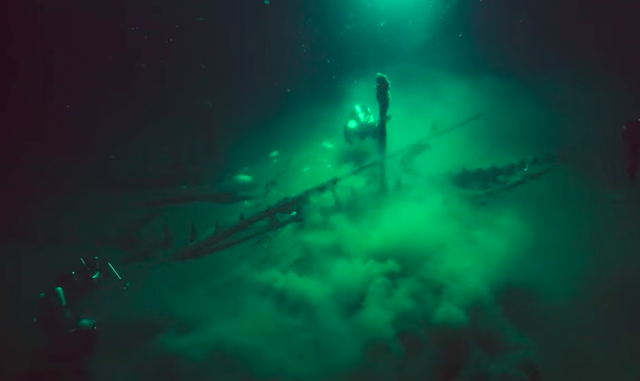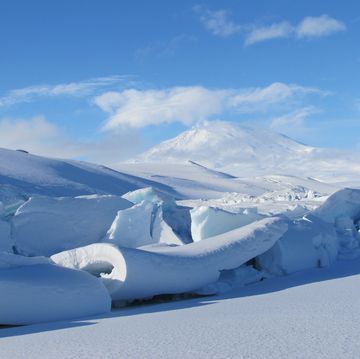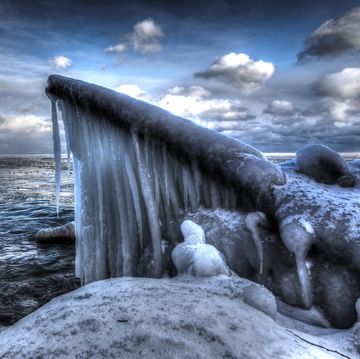The Black Sea Maritime Archaeological Project (MAP) wasn't started to find a treasure trove of ancient ships, but that has not kept it from hitting the jackpot. Ending its third year, the expedition has found 60 remarkably well-preserved shipwrecks.
The Black Sea MAP, run by the British EEF Expeditions Limited alongside the University of Southampton, initially set out to explore the historic aspects of climate change. MAP would use lasers to map the floor of the Black Sea, a body of water with an area surface of 168,500 square miles that touches on Bulgaria, Russia, Georgia, Turkey and Ukraine with no involvement from the global ocean system. Hopefully, they would find how its surface had shifted since the last glacier cycle.
While the MAP team has continued its survey work, there's no denying that the star of the show has become the ships. At certain depth, the Black Sea becomes anoxic, meaning it lacks oxygen. Without any oxygen-dependent wood-eating naval shipworms around to bother the ships, they remain remarkably preserved.To quote the Southampton press release, at thousands of meters below the surface there are "masts still standing, rudders in place, cargoes of amphorae and ship fittings lying on deck, with carvings and tool marks as distinct as the day they were made."
"We dived on one wreck, a merchant vessel of the Byzantine period dating to the tenth century," says Chief Investigator Jon Adams, who is also a professor of maritime archaeology at Southhampton, describing one find in particular. "It lies at a depth of 93 meters (305 feet). This puts it into the diving range, so we took the opportunity to visually inspect certain structural features first-hand.
The condition of this wreck below the sediment is staggering, the structural timber looks as good as new. This suggested far older wrecks must exist and indeed even in the few days since the dive we have discovered three wrecks considerably older, including one from the Hellenistic period and another that may be older still."
The oldest of the ships look to date back to the fourth or fifth century BC. A wide variety of cultures are represented in the finds, including periods of Roman, Byzantine and Ottoman rule. While empires rose and fall, trade remained constant on the Black Sea for centuries. Throughout history, including up to today, there have never been an shortcuts for trade over water.
In addition to the ships, researchers found an entire Bronze Age settlement in Bulgaria alongside an ancient shoreline. But then, in a telling combination of the MAP's twin investigations into history and climate change, the shoreline rose. What was a village eventually became a bay for Greek colonists, then a harbor for Byzantine sailors and finally an anchorage used by the Ottomans.
"Our primary aims are focused on the later prehistory of the region and in particular on human response to major environmental change," says Professor Adams. "We believe we now have an unparalleled archive of data with which to address these big questions about the human past."
Source: Southampton via Smithsonian
David Grossman is a staff writer for PopularMechanics.com. He's previously written for The Verge, Rolling Stone, The New Republic and several other publications. He's based out of Brooklyn.













